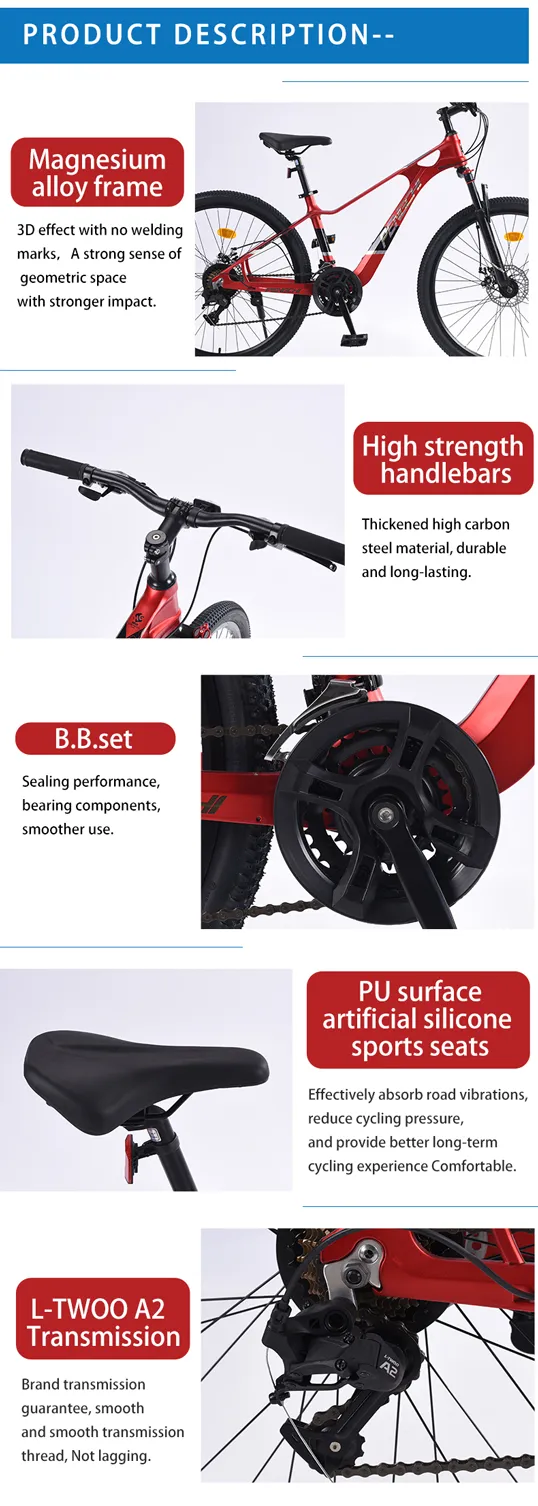
-
 Afrikaans
Afrikaans -
 Arabic
Arabic -
 Belarusian
Belarusian -
 Bengali
Bengali -
 Bulgarian
Bulgarian -
 Croatian
Croatian -
 Czech
Czech -
 Danish
Danish -
 Dutch
Dutch -
 English
English -
 Finnish
Finnish -
 French
French -
 German
German -
 Greek
Greek -
 hawaiian
hawaiian -
 Hebrew
Hebrew -
 Hindi
Hindi -
 Hungarian
Hungarian -
 Indonesian
Indonesian -
 irish
irish -
 Italian
Italian -
 Japanese
Japanese -
 Javanese
Javanese -
 kazakh
kazakh -
 Khmer
Khmer -
 Korean
Korean -
 Kyrgyz
Kyrgyz -
 Lao
Lao -
 Latin
Latin -
 Luxembourgish
Luxembourgish -
 Malay
Malay -
 Myanmar
Myanmar -
 Norwegian
Norwegian -
 Persian
Persian -
 Polish
Polish -
 Portuguese
Portuguese -
 Romanian
Romanian -
 Russian
Russian -
 Serbian
Serbian -
 Slovak
Slovak -
 Somali
Somali -
 Spanish
Spanish -
 Swedish
Swedish -
 Tagalog
Tagalog -
 Thai
Thai -
 Turkish
Turkish -
 Turkmen
Turkmen -
 Ukrainian
Ukrainian -
 Uighur
Uighur -
 Vietnamese
Vietnamese
أكتوبر . 07, 2024 13:37 Back to list
how to pick out a bike size
How to Pick Out a Bike Size A Comprehensive Guide
When it comes to purchasing a bicycle, selecting the right size is crucial for both comfort and performance. Riding a bike that doesn’t fit properly can lead to discomfort, inefficient pedaling, and even injury. Whether you’re a seasoned cyclist or a beginner, understanding how to pick the right bike size is essential. Here’s a detailed guide to help you make an informed choice.
1. Understand Different Bike Types
Firstly, it's important to note that bike sizes may vary depending on the type of bike. Road bikes, mountain bikes, hybrid bikes, and other types each have their own sizing systems. Typically, bike sizes are measured in inches or centimeters, referring to the frame size. Familiarizing yourself with the type of bike you want is the first step toward finding the correct size.
2. Measure Your Height and Inseam
One of the most straightforward methods to determine your bike size is to take your measurements. Start by measuring your height. Next, measure your inseam, which is the distance from your groin to the ground. To measure your inseam, stand with your feet about 6 inches apart and use a tape measure. This measurement will help you find the right frame size for your bike.
3. Use Size Charts
Most bike manufacturers provide size charts that can guide you based on your measurements. For instance, a general guideline for road bikes suggests that
- Height 4’10” to 5'1” corresponds to a frame size of 13-15 inches - Height 5’2” to 5'6” corresponds to a frame size of 15-17 inches - Height 5’7” to 5'11” corresponds to a frame size of 17-19 inches - Height 6’0” and above corresponds to a frame size of 19-21 inches
how to pick out a bike size

These figures vary based on specific brands, so it's always advisable to consult the manufacturer’s chart
.4. Test Ride the Bike
Once you’ve narrowed down your options, the best way to find the right size is by test-riding the bike. Straddle the bike with both feet flat on the ground; you should have a few inches of clearance between the top tube and your body. When you sit on the saddle, your leg should be almost fully extended when the pedal is in the lowest position, while still allowing for a slight bend in the knee.
5. Adjustments and Fitting
After selecting a bike size, make additional adjustments such as saddle height and handlebar position. Professional fitting services are also available and can optimize your setup for optimum handling and comfort. A well-fitted bike will improve your cycling experience significantly, allowing for better energy transfer and reducing the risk of injury.
6. Consider Your Riding Style
Your riding style can also influence the choice of bike size. If you plan on long-distance rides, a slightly larger frame might offer more comfort. Conversely, if you require a bike for technical trail riding, a smaller frame may aid in maneuverability.
Conclusion
Choosing the right bike size is an essential step in ensuring a rewarding cycling experience. By following these guidelines—measuring accurately, consulting size charts, test-riding, and making necessary adjustments—you can find a bike that fits your body and riding style perfectly. Remember, a well-fitted bike can make all the difference in your comfort and enjoyment on the road or trail. Happy cycling!
-
Premium Titanium Road Bike: Lightweight & Durable
NewsAug.01,2025
-
Red Black BMX Bike with GPT-4-Turbo AI Tech
NewsJul.31,2025
-
New Red Anti-theft E-Bike | Easy Ride City Commuter
NewsJul.31,2025
-
BMX 20 Inch Bikes for Freestyle & Street | Fat Tire Options Available
NewsJul.30,2025
-
322 High Quality 26 Inch 21 Speed Adult Mountain Bike OEM MTB
NewsJul.29,2025
-
Specialized Kids Mountain Bikes - Safe, Durable & Fun Riding Experience
NewsJul.29,2025

